 "Berang" (berang)
"Berang" (berang)
12/20/2015 at 20:21 ē Filed to: None
 17
17
 3
3
 "Berang" (berang)
"Berang" (berang)
12/20/2015 at 20:21 ē Filed to: None |  17 17
|  3 3 |
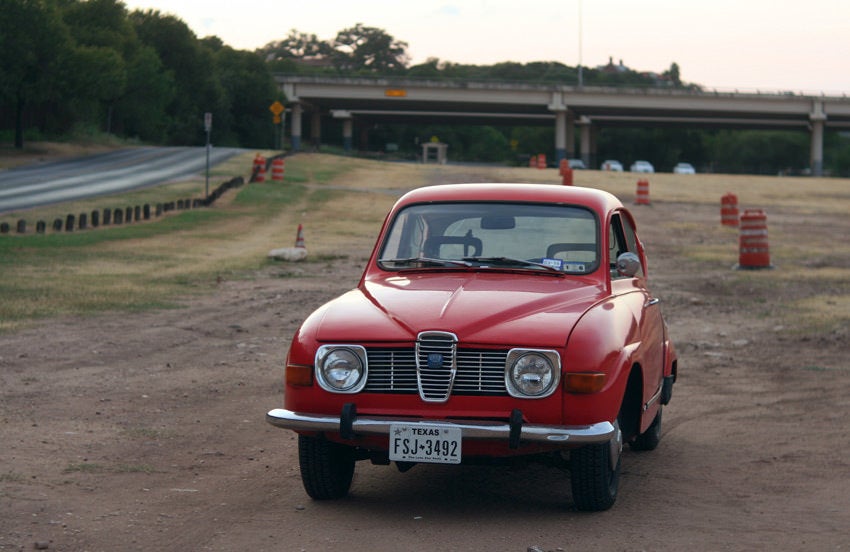
Iíve now been driving this 1973 SAAB 96 for about a year. So although Iíve written about it before, nowís a good time for an actual review of the thing.
SAAB began building the 96 in 1960, and the last ones rolled off the assembly line in 1980. The 96 was a development of the 93 which appeared in 1955. Although the car was refined and upgraded many times over its life - it is a design which is firmly rooted in the 1950s. Although it was quite advanced in some ways for a 1950s car, it is still very much a 1950s car. 1973 places my car a bit past halfway through the modelís production life, and makes it an interesting car for a review of the line.
Exterior: 7/10
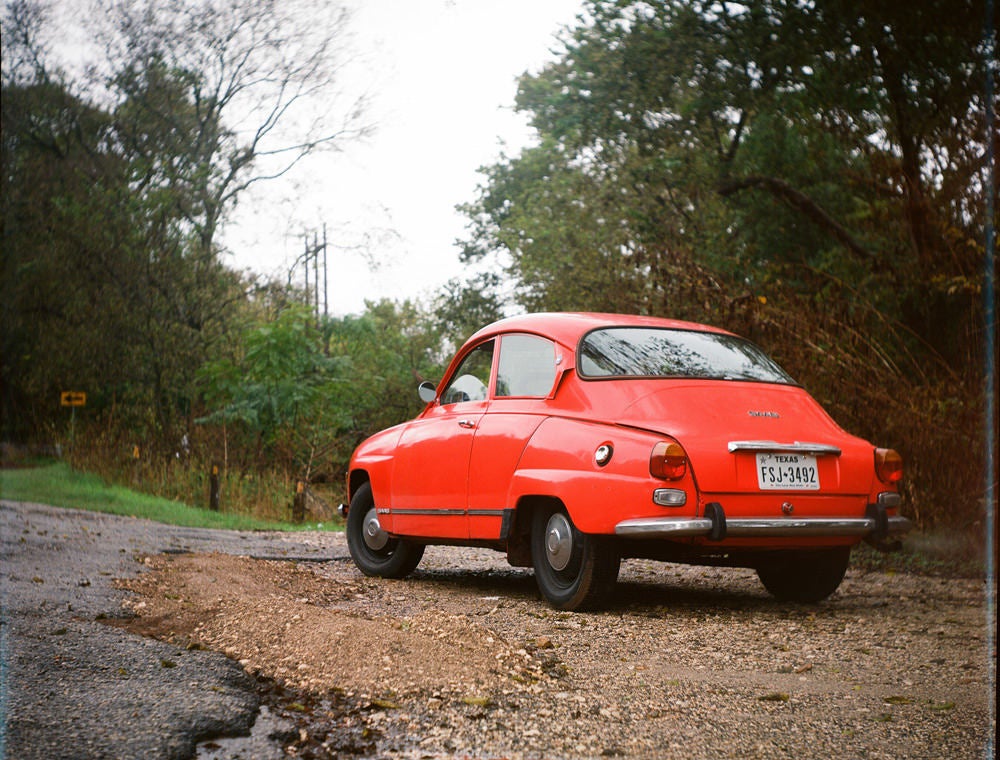
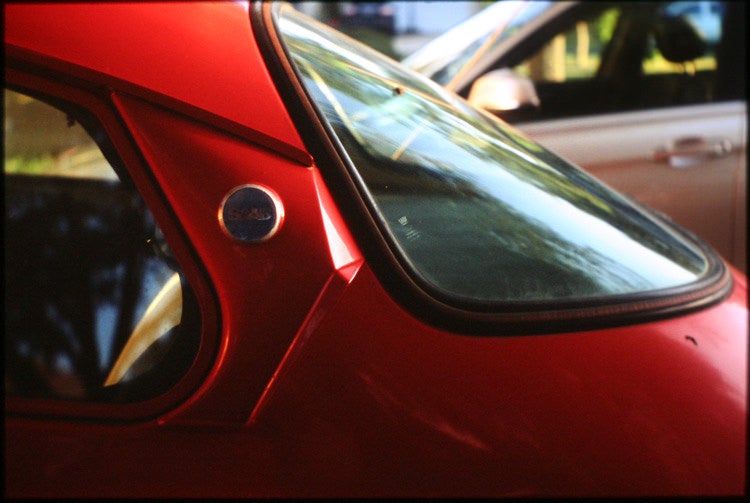
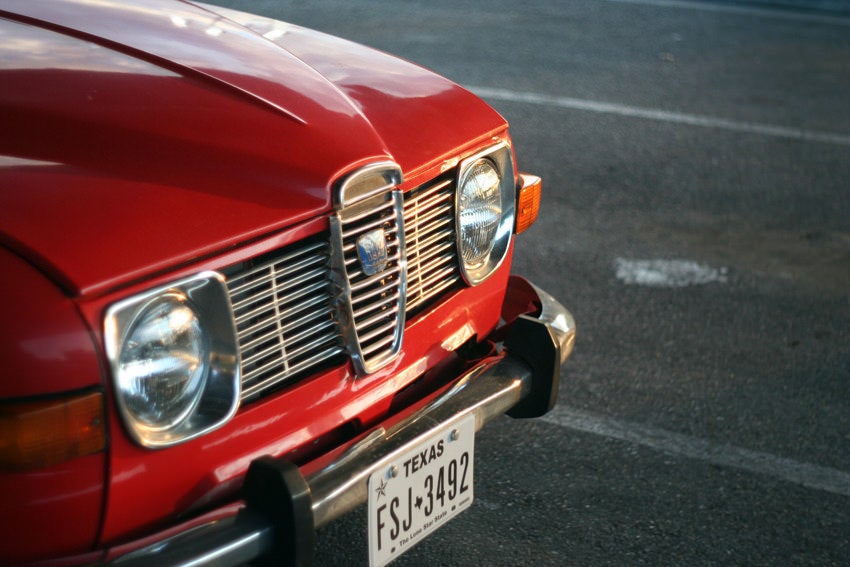
The 96 is a very interesting looking car, but itís not necessarily a very pretty car. Its overall shape was decided by wind tunnel testing and a 1950s understanding of aerodynamics. This explains the rounded off corners and fastback rear end. A major redesign of the front end came in 1965 along with some minor changes elsewhere. The front end was again updated in 1969, which left it with a vaguely Alfa-esque looking nose. Unfortunately as time went on and minor bits were added or taken away, the styling became a little less cohesive than it was on the original 1960 model.
It still looks cool in a sort of retro-futuristic way, but itís hardly beautiful. There were of course plenty of much worse looking cars available in 1973, and at least it has charm, so itís tough not to like it either.
Interior: 6/10
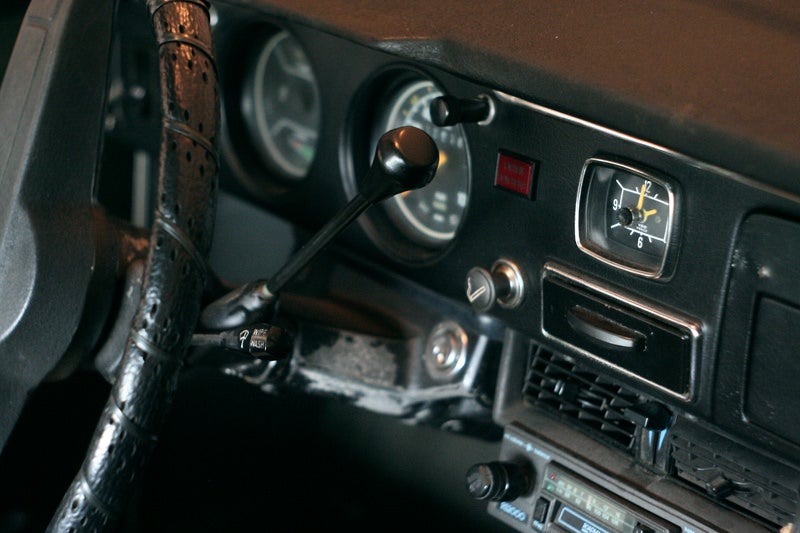
The interior of the 96 is primitive, even by 1973 standards. After 1969 SAAB pretty much marketed the 96 as a basic car, as the 99 was their flagship. So the interiors became even simpler in the 70s than they were in the 60s.
The seats were made for big people. Iím 5í9Ē tall and find the bottom of the seat is a little too large, the front edge of the cushion sort of jams up behind your knees unless youíre slouching. The seat back doesnít offer much support, and is most comfortable when set to the most reclined setting. On the other hand it is pretty amazing that after all of these years the driverís seat cushions havenít been completely squashed out of shape. Iíve seen ten year old cars in worse shape.
The seats are also quite high up by modern standards. The floor of the car is already well off the ground, and this combined with the high seats makes one feel like theyíre driving a truck. The rear seat is wide enough for two people, but there is no knee room to speak of, unless the front seat occupants scoot forwards and adjust their seatbacks to the full upright and locked positions.
Beyond that, apart from the parking brake lever, everything in the cabin is within easy reach from the driverís seat. The controls are accessible and intuitive. The ventilation is adequate, and the heater rarely has to be turned on more than half way because it is huge and the inside of the car gets very warm very fast. The rear view mirror is just a plain mirror, but no matter - for night driving the sun-visor covers it when flipped down. Clever, or half-assed? You decide.
Accessories/toys: 2/10
1973 was the last year for the 96 in the U.S. and apparently only the base level trim was available that year. Pretty much everything had to be ordered as an option, including the radio, which my car did not have. A previous owner did put one in, but it doesnít work. Nor does it have air-conditioning. Or a tachometer. On the plus side, pop-out hinged rear windows remained standard and it came with heated seats - which no longer work.
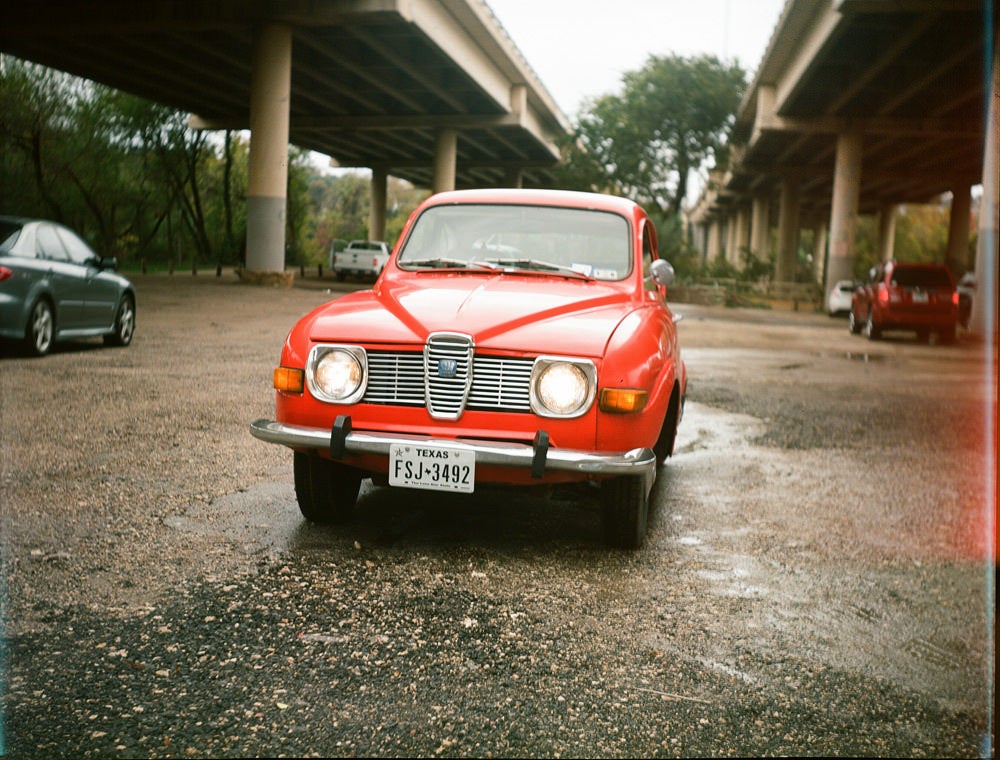
Performance 7/10
This is not a car made for highways. That is not where it wants to be or where it excels. So we have to judge it accordingly. The 96 was made for mud and snow. It was made for bad roads and bad weather. The V4 engine puts out 92 foot pounds of torque at 2200 rpm, and sends it to the wheels through a 4.88 final drive. 1st gear is a granny gear. Again the feeling is reminiscent of driving an old truck. 1st gets you moving, and then you get into second as soon as possible. 3rd is so flexible that one rarely needs to get out of 3rd once in motion. You can lug your way from 15mph to 50mph in 3rd. It will get on the highway, but it feels and sounds pretty busy at speeds over 65mph. The low gearing means that acceleration up to about 30mph is pretty quick, quick enough for modern city traffic, but getting up to highway speed after that is leisurely.
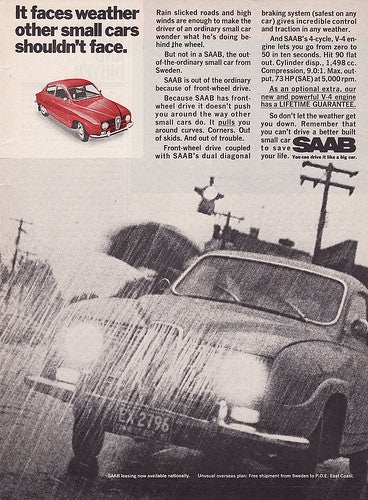
Gearbox: 8/10
The column shift lever is a lot of fun. The linkage is surprisingly precise and offers decent feedback. Iíve had worse in front drivers (Honda, Yugo, Renault...) and Iíve had better (Subaru, 1st gen Tercel...). The gear ratios are a little odd, with 1st and second being very low, a big jump to 3rd, and then 4th being relatively close again. This is probably the only annoying thing about the gearbox.
The transmission has a freewheel which can be engaged or disengaged with a handle on the firewall. The freewheel is simply a roller clutch, like you would find in some bicycle coaster brakes. Basically it allows the car to coast freely while the engine idles. Unlike the pedal operated clutch the freewheel does not slip, its action is either on or off, when you let off the gas it is disengaged. When you get on the gas it is engaged. If you jump on the gas carelessly the car will lurch violently. Some people like it, some people hate it. I like it because it allows for shifting in traffic without needing to touch the clutch pedal (unless you come to a full stop, then you need to use the normal clutch to get moving again).
Ride and handling: 5/10
The ride is pretty bouncy with a light load, but smooths out considerably when carrying cargo or passengers. The narrow 48Ē track means the car rolls around through sharp corners. 15Ē wheels and tall tires handle pot holes and ruts with relative ease.
Handling reflects this carís intended environment and its age. Thereís nearly ten inches between the floor and ground. The engine sits way out in front of the front axle. The steering takes 2.5 turns from lock to lock - itís precise - and heavy. You need that huge steering wheel. In 1972 SAAB removed the front anti-sway bar, and substituted stiffer front springs. This helps over uneven surfaces, but hurts on most pavement. The overall dynamic is under-steer, but this can be modulated with the throttle. It feels pretty odd at first, when you let off the throttle and the under-steer suddenly disappears, but you get used to it. If youíre used to modern cars, you will probably hate driving the 96. But if youíre familiar with older vehicles, and appreciate maneuverability and mechanical feedback, the 96 is a real treat.
Brakes: 7/10
In normal weather conditions the brakes are perfectly adequate. As the car freewheels, the brakes do all the braking, and the engine contributes nothing. So they had to be good. There are drums on the rear, and discs on the front. The parking brake acts on the rear brakes, and is not particularly strong. Additionally the rear brakes must be adjusted manually every few months to keep things working well. One can slam on the brakes without holding the steering wheel, and the car will stop in a straight line. Something not all cars from an era when many still had drums all around can do. One fault is the lack of a proportioning valve which means it is easy to lock a wheel in slippery conditions.
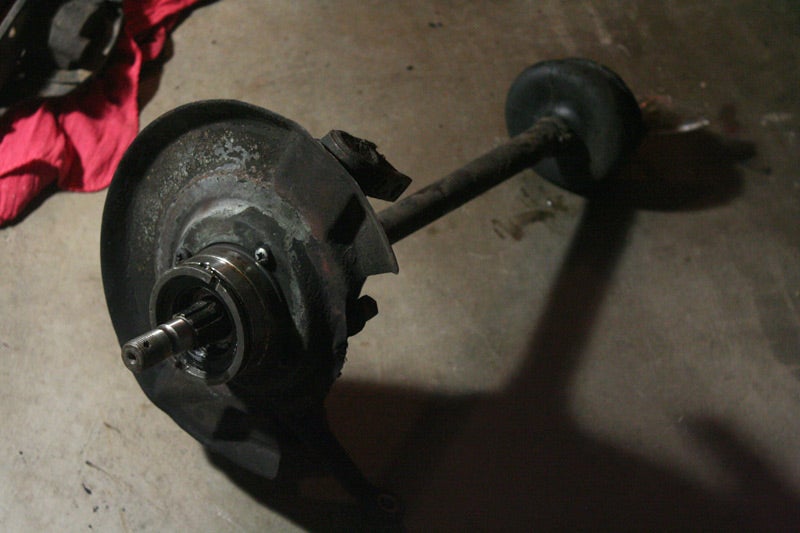
Maintenance and Reliability: 9/10
This is a very simple car. Although some parts of it may be odd or frustratingly different from the usual, it is overall incredibly simple. Which is good, because all of these cars are the age now where they require lots of parts to be replaced or renewed. Although a lot of parts must be ordered from Europe, the good news is that theyíre still available. If you have had an experience wrenching on an older vehicle, the 96 is a piece of cake. And regular maintenance, like oil changes are as simple as can be. The car sits high enough off the ground that ramps are unnecessary, and the drain plug and oil filter are readily accessible. The Ford Germany engines are solid units, although one needs to look out for evidence of worn out balance shaft bearings, usually indicated by low oil pressure or play in the drive pulley. Replacing them means a complete tear down of the engine.
Economy: 5/10
With its U.S. spec, low compression engine, and high, short-legged gearing, fuel economy is not much to brag about considering its light weight and aerodynamic shape. My around town average is about 24mpg, and on the highway youíll be lucky to touch 29mpg. Iíd expect earlier models with the higher compression 1.5 liter do a little better, but these are not miserly cars. True, you could do a lot worse in 1973, but Iíve had similar sized cars that did much better. On the plus side, tune ups and tires are relatively cheap.
Fun and value: 8/10
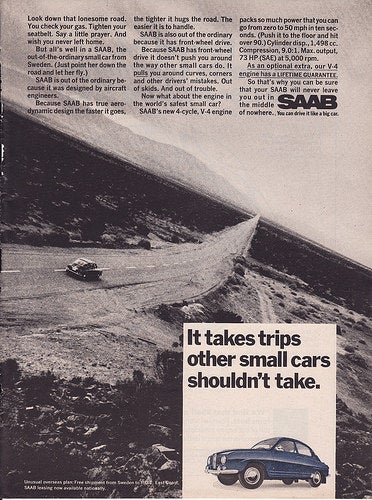
For a car made in 1973, the 96 is a great value. Theyíre small enough and easy enough to handle that theyíre still practical in modern traffic. Theyíre reliable enough to be used as daily drivers. Theyíre sturdy enough to be driven hard. The handling, although abysmal by modern standards on pavement, was pretty good for a 1960s car, and off of pavement few passenger cars of the era were comparable. SAAB continued to win rallies whenever there was snow long after the 96 became seriously outclassed by the competition on dry pavement.
These cars are relatively cheap. Cheaper than a comparable Volkswagen beetle. I paid less than $2,000 for mine. Theyíre probably not going to climb much in value any time soon, but theyíre not going to lose value either.
Total: 64/100
If youíre looking for a vintage vehicle with character and usability the 96 rates pretty highly in my experience. Itís not a perfect car, but no compact from 1973 is. Itís not very fast, itís not very sophisticated, it doesnít have power steering or windows. But it is distinctive, sturdy, and still relatively practical.
Personal score: 85/100
Putting any attempt at rational objectivity aside, I quite like the 96. Itís not pretty, but itís weird in a cool way. Itís not fast, but its design is really fascinating. Most people would hate driving it, but I like driving it a lot. Itís still not my ideal car - but it is a lot of fun and I plan on hanging on to it for a while. It is a car that appeals to automotive romantics, not to reason. This is the car that won the Monte Carlo rally, the RAC rally, the 1000 lakes rally - it raced in the early Baja 1000 - itís the underdog that won around the world. Itís hard not to appreciate that when youíre into cars.
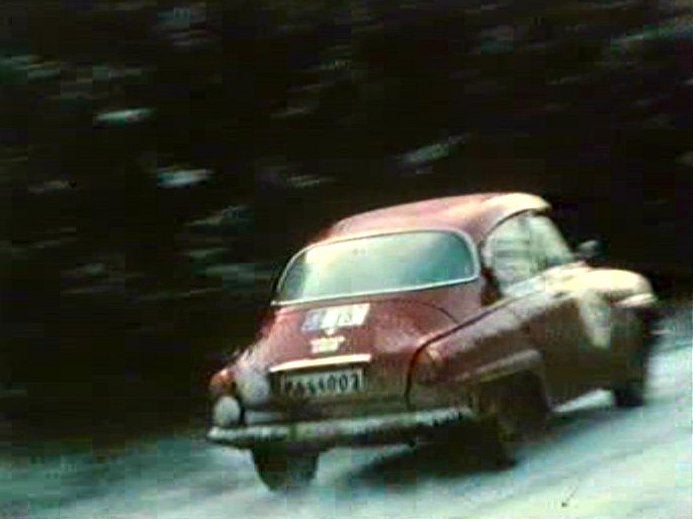
 ‹bel
> Berang
‹bel
> Berang
12/20/2015 at 21:21 |
|
Glad to see you finally doing a full writeup on this guy. Any idea how the V4 stacks up against the two stroke?
 Berang
> ‹bel
Berang
> ‹bel
12/20/2015 at 21:24 |
|
The 2-stroke is slower and noisier. That sums it up pretty well.
 marvthegrate
> Berang
marvthegrate
> Berang
12/20/2015 at 21:56 |
|
Outstanding write up. I love the 96. My first car was one, and I am going to be inheriting a pair of them soon (67 Stroker and a 68 V4). Glad to see one getting some love and still banging around.